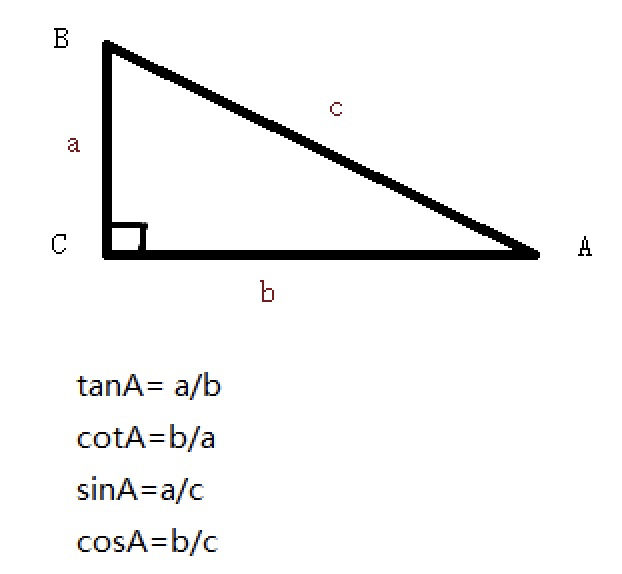


玩家控制的小船:
def play_lives(num_icons, batch=None): """ 小船图标 :param num_icons: 数量 :param batch: 批处理 :return: """ play_lives = [] for i in range(num_icons): new_sprite = pyglet.sprite.Sprite(img=resources.player_image, x=785 - i * 30, y=585, batch=batch) new_sprite.scale = 0.5 # 比例 play_lives.append(new_sprite) return play_lives
运动类physicalobject:
"""运动类physicalobject""" import pyglet class Physicalobject(pyglet.sprite.Sprite): """ 存储对象的速度 """ def __init__(self, *args, **kwargs): super().__init__(*args, **kwargs) self.velocity_x, self.velocity_y = 0.0, 0.0 def update(self, dt): """ 每个对象都需要在每一帧进行更新 :param dt: “增量时间”或“时间步长” :return: """ self.x += self.velocity_x * dt self.y += self.velocity_y * dt self.check_bounds() def check_bounds(self): """对象是否在屏幕一侧出去会移动到屏幕的另一侧""" min_x = -self.image.width / 2 min_y = -self.image.height / 2 max_x = 800 + self.image.height / 2 max_y = 600 + self.image.height / 2 if self.x < min_x: self.x = max_x elif self.x > max_x: self.x = min_x if self.y < min_y: self.y = max_y elif self.y > max_y: self.y = min_y
修改小行星让它动:
def asteroids(num_asteroids, play_position, batch=None): """ 随机位置小行星精灵 :param num_asteroids: 生成小行星数量 :param play_position: 玩家的位置 :param batch 批处理 :return: 返回小行星精灵 """ asteroids = [] for i in range(num_asteroids): asteroid_x, asteroid_y = play_position while distance((asteroid_x, asteroid_y), play_position) < 100: asteroid_x = random.randint(0, 800) asteroid_y = random.randint(0, 600) # new_asteroid = pyglet.sprite.Sprite(img=resources.asteroid_image, x=asteroid_x, y=asteroid_y, batch=batch) new_asteroid = physicalobject.Physicalobject(img=resources.asteroid_image, x=asteroid_x, y=asteroid_y, batch=batch) # rotation:Sprite的旋转 new_asteroid.rotation = random.randint(0, 360) # 随机旋转 # 速度 new_asteroid.velocity_x = random.random()*40 new_asteroid.velocity_y = random.random()*40 asteroids.append(new_asteroid) return asteroids
编写游戏更新功能:
# 游戏对象列表 game_objects = [play_ship] + asteroids
def update(dt): for obj in game_objects: obj.update(dt) # 调用Physicalobject的更新
if __name__ == '__main__': # 每秒调用update函数120次 pyglet.clock.schedule_interval(update, 1 / 120.0) pyglet.app.run()
运行发现以前静止的小行星在屏幕上平静地漂移,当它们滑出边缘时又重新出现在另一侧。
玩家对象响应键盘输入:player.py
"""键盘输入""" import math from let import physicalobject, resources from pyglet.window import key class Player(physicalobject.Physicalobject): """玩家操控""" def __init__(self, *args, **kwargs): super().__init__(img=resources.player_image, *args, **kwargs) self.thrust = 300.0 # 速度 self.rotate_speed = 200.0 # 角度调整度数 # 按键字典 self.keys = dict(left=False, right=False, up=False) def on_key_press(self, symbol, modifiers): # 键盘按下 if symbol == key.UP: self.keys['up'] = True elif symbol == key.LEFT: self.keys['left'] = True elif symbol == key.RIGHT: self.keys['right'] = True def on_key_release(self, symbol, modifiers): # 键盘释放 if symbol == key.UP: self.keys['up'] = False elif symbol == key.LEFT: self.keys['left'] = False elif symbol == key.RIGHT: self.keys['right'] = False def update(self, dt): super(Player, self).update(dt) if self.keys['left']: # 向左转 self.rotation -= self.rotate_speed * dt # rotation为角度 if self.keys['right']: # 向右转 self.rotation += self.rotate_speed * dt if self.keys['up']: # 向前行 angle_radians = -math.radians(self.rotation) # 度转换为弧度,radians参数是弧度 force_x = math.cos(angle_radians)*self.thrust*dt force_y = math.sin(angle_radians)*self.thrust*dt self.velocity_x += force_x self.velocity_y += force_y
主函数调用玩家调用:
play_ship = player.Player(x=400, y=300,batch=main_batch)
# 将其推送到事件堆栈中 game_window.push_handlers(play_ship)
现在,能够运行游戏并使用箭头键移动玩家